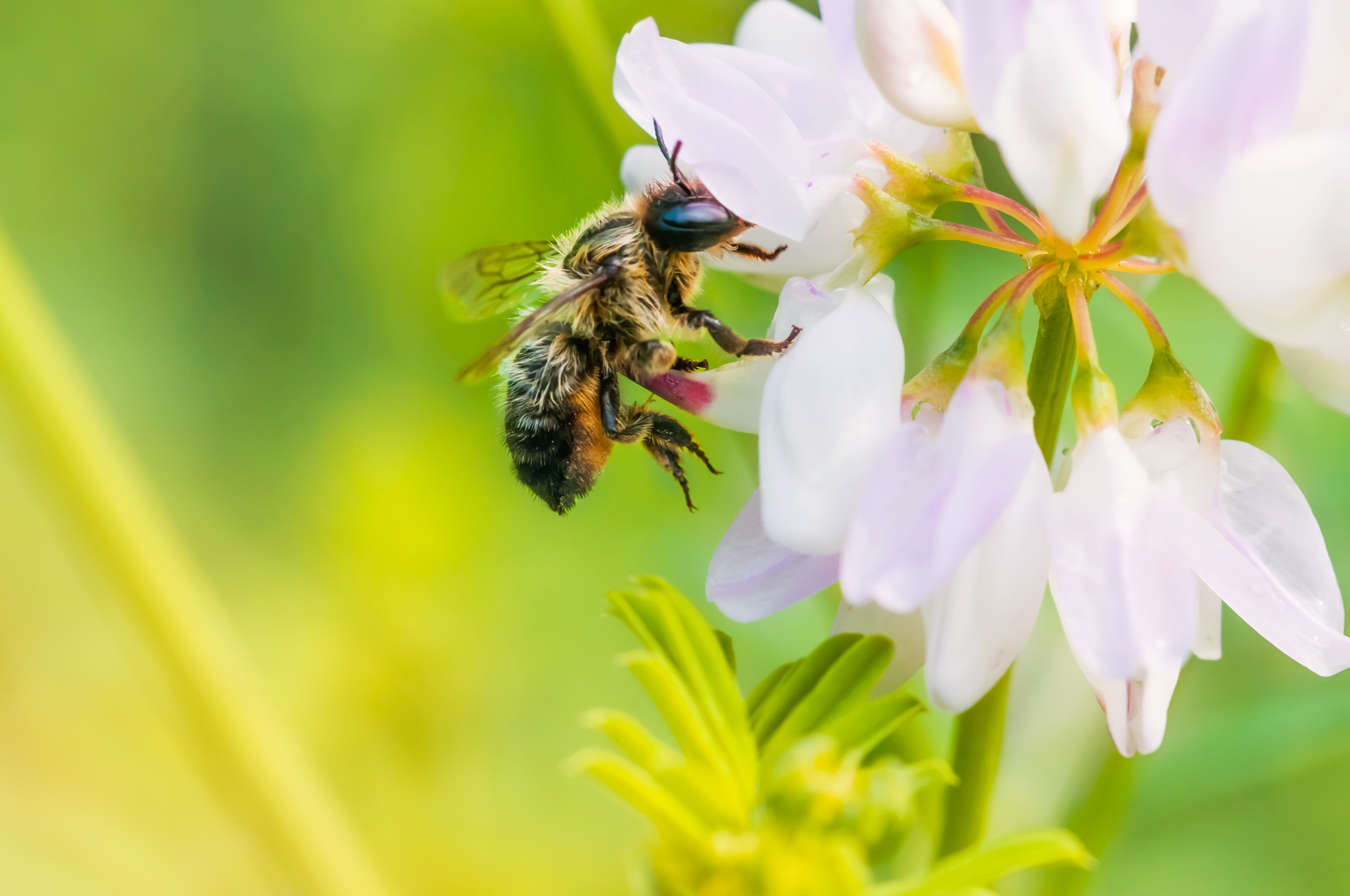Are the Bees Trying to Tell Us Something?
June 07, 2015
Bees Lack of Work Could be a Sign of Something Bigger
When enjoying the outdoors, it is not uncommon to see a bee or two buzz past. Unless they are distracted by something around you, chances are they are on their way to nearby flowers to collect pollen for their hives. In the process of this collection, bees move from one flower to the next, often bringing male flower pollen to female flowers and acting as a natural fertilizer for the plants. This process is responsible for a large amount of crop pollination across the United States.
When pollen is not distributed by bees, it could mean huge problems for the country’s agricultural industry and food production. No bees means no cherries, no apples, no pumpkins, no squash – the list goes on and on. The issue beekeepers and scientists are seeing is a lack in interest of bees doing their job. Since late 2006, beekeepers have been reporting startling losses in bee colonies and complete hives to a condition called Colony Collapse Disorder or CCD. One of the indicators of CCD is the worker bees of a colony disappearing by the masses and leaving behind a queen bee and plenty of food for survival.
While CCD itself has been on the decline, bees living in the hives continue to die. Losses of hives and worker bees over the winter have been increasing to levels higher than what beekeepers consider “economically acceptable.” What is more puzzling is how these losses are continuing into the summer months when sources of food for bees are abundantly available. In the last year alone, more bees were reported to have died during the summer months than during the winter months for the first time.
These losses may be the way that bees are telling us something isn’t right, especially since there is no evidence of a widespread plague. Instead, scientists are focusing on a group of stresses that may be effecting bees’ health. Some of the suspected causes include climate change, pesticide use, declining habitats, and attacks from virus-carrying mites. Neonicotinoids, a class of pesticide, has been getting a lot of attention – this pesticide absorbs into crops and infects the pollen and nectar bees need to survive.
A group of environmentalists and scientists are certain that neonicotinoids are the main reason for the decline in bee populations, but the science behind this claim is not definitive. While this is true, Europe has taken steps to ban the use of neonicotinoids, although this decision has recently come under further review, and a study out of the University of Maryland concluded that the pesticide is the most contributing factor. Whatever the leading cause is, honeybees are signaling us something is wrong.


.jpg)




